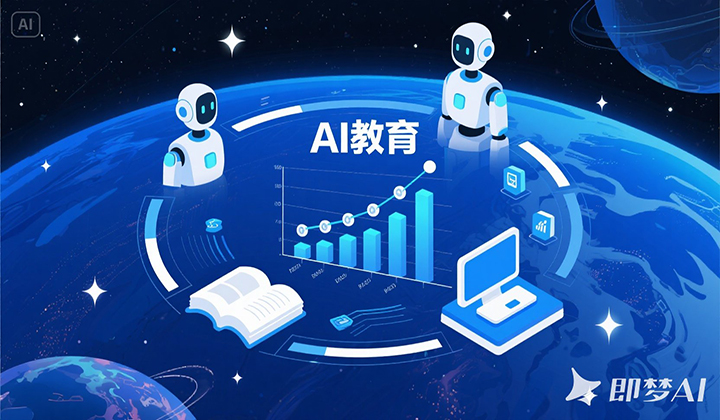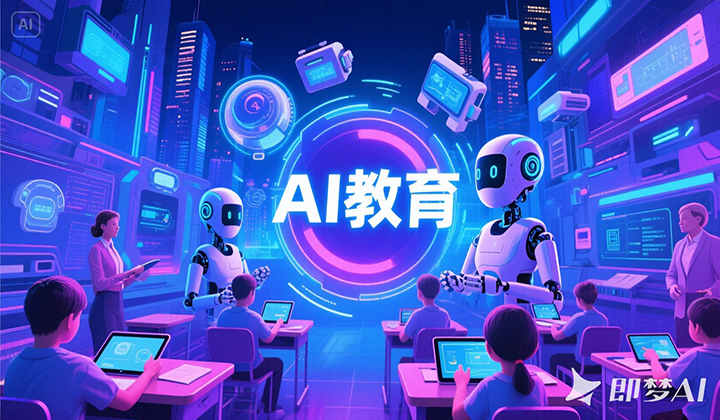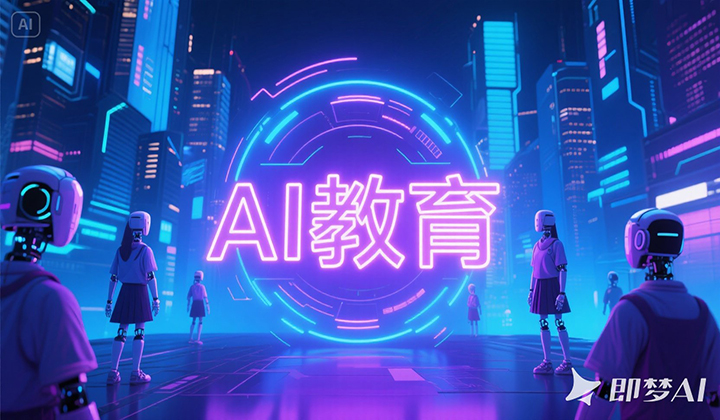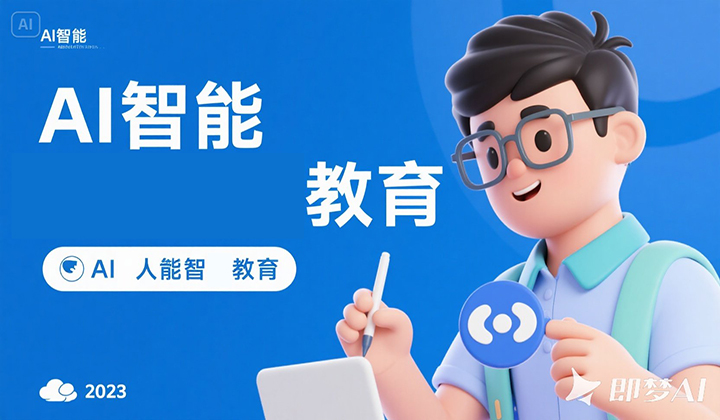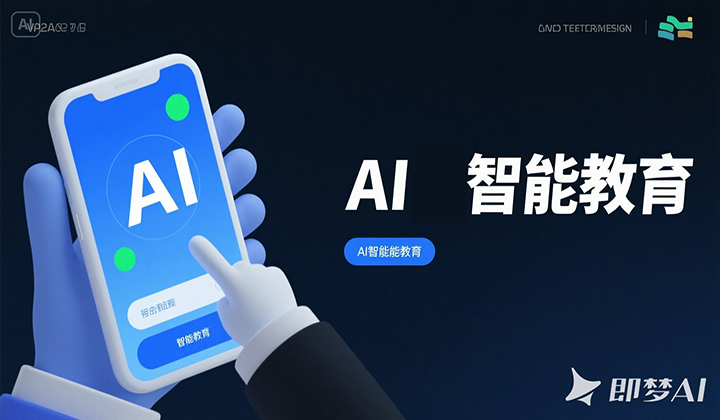The Advantages and Practical Strategies of AI-Driven Education
The Advantages and Practical Strategies of AI-Driven Education
Artificial Intelligence (AI) is revolutionizing education by introducing unprecedented efficiency, personalization, and scalability. While debates about its ethical implications persist, AI’s transformative potential in education is undeniable.
Key Advantages of AI in Education
-
Hyper-Personalized Learning
AI algorithms analyze individual learning patterns, strengths, and weaknesses to tailor content dynamically. For instance, platforms like Khan Academy and Duolingo use adaptive learning engines to adjust lesson difficulty in real time, improving retention rates by up to 35% (OECD, 2023). Neurodivergent students, such as those with dyslexia, benefit from AI tools like Speechify, which converts text to speech while pacing delivery to match comprehension speed. -
24/7 Accessibility and Scalability
AI eliminates geographical and temporal barriers. Chatbots like Georgia Tech’s “Jill Watson” provide instant academic support to thousands of students simultaneously, while apps like Quizlet generate multilingual study materials, democratizing access to quality education. -
Efficiency in Administrative Tasks
AI automates time-consuming tasks such as grading, attendance tracking, and plagiarism detection. Turnitin’s AI-powered feedback system reduces grading time by 50%, allowing educators to focus on creative instruction and mentorship. -
Data-Driven Insights
Machine learning models identify at-risk students early by analyzing engagement metrics, assignment performance, and behavioral trends. For example, Arizona State University reduced dropout rates by 18% using predictive analytics to trigger targeted interventions (EdTech Magazine, 2024). -
Immersive Learning Experiences
Generative AI tools like ChatGPT facilitate interactive simulations, while AR/VR platforms create lifelike virtual labs. Medical students using AI-driven VR platforms show a 40% improvement in surgical skill retention compared to traditional methods (Harvard Medical School Study, 2023).
Practical Strategies for Effective AI Integration
To maximize AI’s potential, educators and institutions must adopt intentional, ethical approaches:
-
Adopt a "Human-in-the-Loop" Framework
Use AI as a collaborative tool rather than a replacement. For instance:-
Teachers can leverage AI-generated lesson plans but refine them to align with classroom dynamics.
-
Pair AI tutoring tools (e.g., Socratic by Google) with weekly teacher-led Q&A sessions to maintain human connection.
-
-
Prioritize Adaptive Learning Platforms
Select tools that offer granular customization. For example:-
Platforms like Century Tech allow teachers to set custom learning pathways while AI handles progress tracking.
-
Use AI-driven analytics dashboards (e.g., Classcraft) to monitor student engagement and adjust teaching strategies.
-
-
Design Hybrid Learning Models
Blend AI efficiency with traditional pedagogy:-
Flipped Classrooms: Students learn theory via AI videos at home, then apply knowledge through teacher-guided projects in class.
-
Gamified AI Tools: Apps like Kahoot! use AI to create adaptive quizzes, turning revision into a collaborative game.
-
-
Train Educators in AI Literacy
Equip teachers with skills to interpret AI data and mitigate biases. Stanford’s AI4ALL program trains educators to:-
Audit AI tools for cultural inclusivity.
-
Identify and correct algorithmic biases in grading systems.
-
-
Ensure Ethical and Transparent Use
-
Obtain explicit consent for student data collection.
-
Use explainable AI (XAI) tools to make decision-making processes transparent (e.g., IBM’s Watson Education).
-
Regularly update systems to comply with regulations like GDPR and FERPA.
-
-
Focus on Soft Skill Development
Pair AI tools with activities that foster creativity and critical thinking:-
Use ChatGPT to generate essay prompts but require students to defend arguments in debates.
-
Deploy AI coding assistants (e.g., GitHub Copilot) for technical tasks, while reserving group projects for teamwork skill-building.
-
Challenges and Mitigation
While AI offers immense benefits, address these pitfalls proactively:
-
Over-reliance on Automation: Maintain balance—AI should enhance, not replace, human judgment.
-
Privacy Risks: Use encrypted platforms (e.g., Canvas LMS) and anonymize student data.
-
Equity Gaps: Provide offline AI resources (e.g., solar-powered tablets with preloaded courses) for underserved communities.
Conclusion
AI in education is not a futuristic concept but a present-day imperative. By combining hyper-personalization, data-driven insights, and ethical implementation strategies, educators can unlock AI’s full potential. The goal is not to mechanize learning but to amplify human potential—transforming classrooms into dynamic ecosystems where teachers and AI collaborate to nurture curiosity, critical thinking, and lifelong learning. As Bill Gates noted, “AI is the rocket, but human educators remain the pilots.”







